A math teacher warned her students on the first day of school that this year, math will be different:
Bring critical thinking opportunities to your school or district through thinkLaw’s professional development and curriculum to meet the socio-emotional needs of All students. Click here to get started.
“My classroom will focus on helping your child to understand how math is part of everything we do, including the arts, science, and the humanities so all children can start to see themselves as mathematicians. To make math more interesting, I will help students use compelling applications of math. Students are highly motivated by issues of fairness and justice, so I will give students the opportunity to chance to understand how math has been used to do bad things to people. I will also ensure your child understands how math has also served as a tool for liberation. Lastly, my biggest goal for this year is not just giving your child the ability to use math to analyze the way the world is, but the critical thinking to use math to design the world as it ought to be.”
This might sound like the instructional framework of a high-end private school. But if Seattle Public Schools is successful in its innovative, but surprisingly controversial initiative to reframe math through a social justice lens, this fictional introduction will be the reality in a district where a third of students receive free and reduced lunch. Predictably, the backlash to this proposal was swift. But pundits arguing that this approach to math instruction will hurt minority students, ridiculing Seattle Public Schools for teaching “woke math,” and dismissing this plan as another way to “social justice” our students by convincing them that math is racist are missing the point.
Join Colin Seale, Founder, and CEO of thinkLaw, who will share rigorous and engaging instructional strategies to prepare students for the critical thinking they will need to demonstrate to excel on the state exams. Register Today!
According to math scores in the 2019 nation’s report card, only 41% of 4th graders are proficient in math, and only 34% of 8th graders are. These numbers, which have not moved much since 2009 are dismal on their surface. Digging deeper, when these results are broken out by race and ethnicity, only 20% of Black and 26% of Hispanic students are proficient. These damning results show that something is clearly something wrong with math education in the United States.
Fortunately, initiatives like Seattle Public Schools’ ethnic studies framework for math might very well be part of the solution. As Daniel T. Willingham recently noted in his piece, Math scares your child’s elementary school teacher – and that should frighten you, math competence has three important components: memorizing math facts, knowing algorithms to solve problems, and knowing why these algorithms work. Teachers must possess a deep conceptual understanding of math topics to transfer this depth of understanding to students. But our students’ inherent sense of justice and fairness can be a powerful motivator to set this deeper learning into action.
For instance, students can memorize the definition of the mean of a set of numbers, commonly referred to as the average. And students can also learn the procedure for computing the mean: add up all the numbers in a data set and divide the sum by the total amount of numbers in that set. But to truly reach a level of conceptual understanding, they need to understand why this process works.
Request a quote for thinkLaw’s award-winning curriculum now to use our engaging and rigorous real-life legal cases to help teachers give students the essential critical thinking skills they need for success.
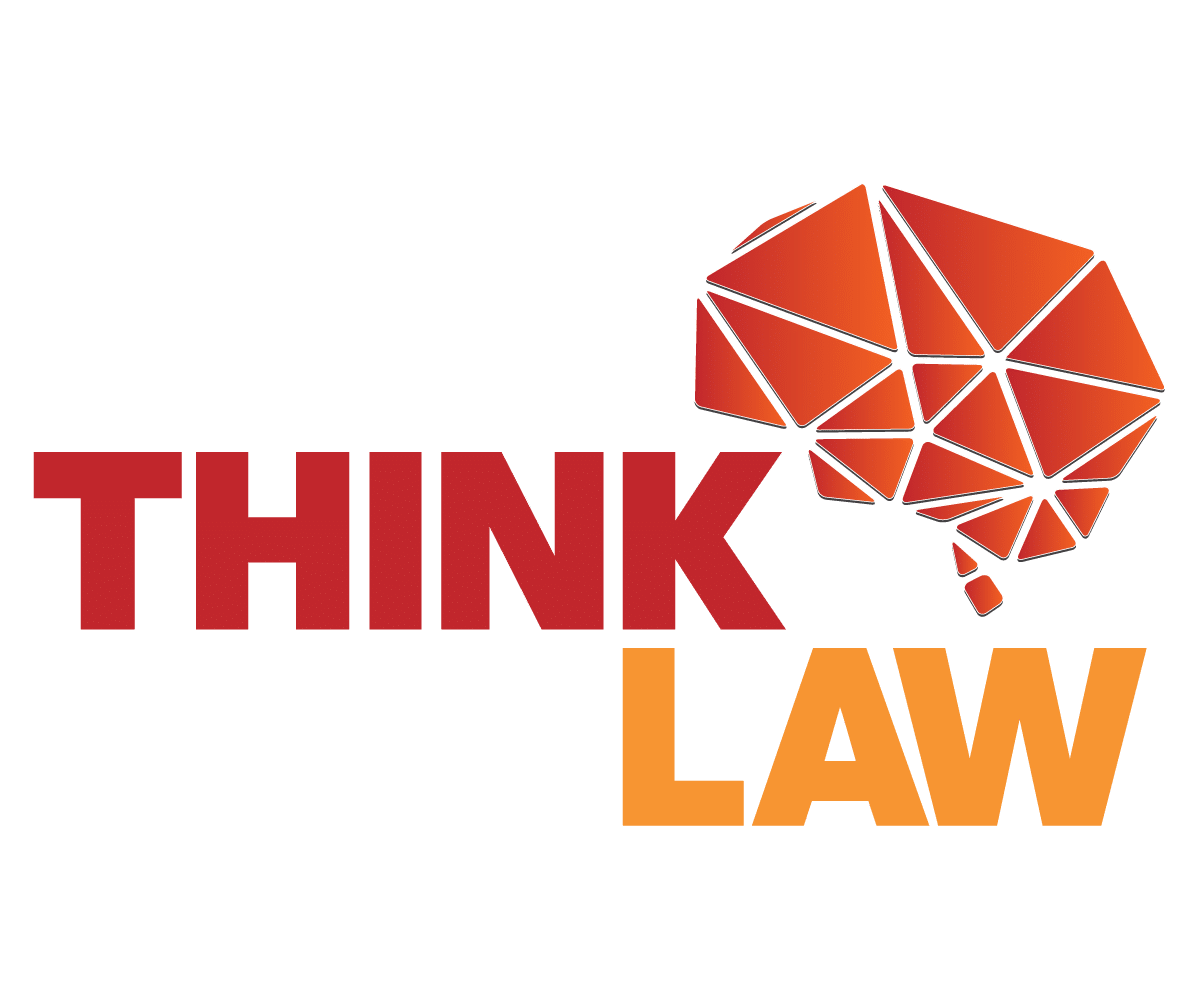
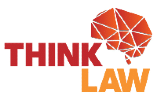

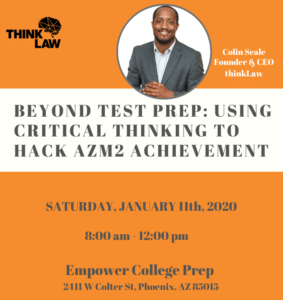
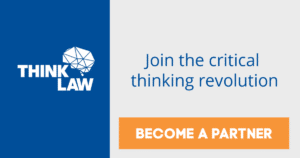

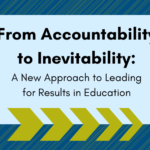
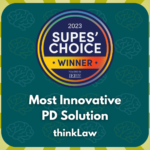


Leave a Reply